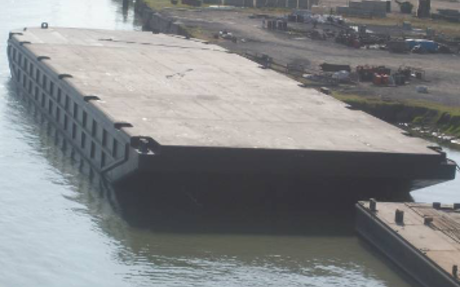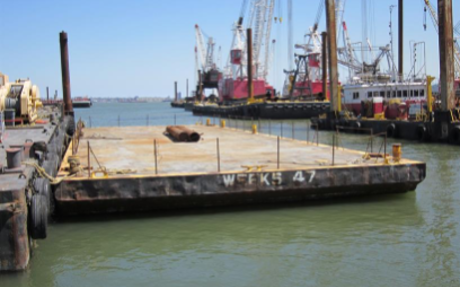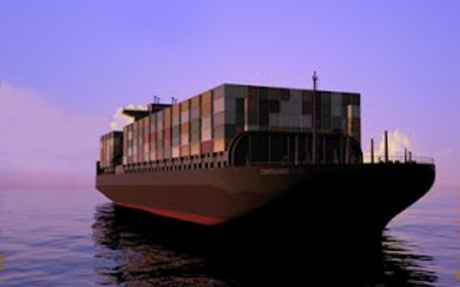Barging is the most economical mode of cargo transportation, capable of transporting container and bulk commodities like grain, coal, petroleum and salt for a fraction of the cost of moving them by truck or rail. Barging is also the most environmentally friendly mode – one large inland towboat can push 40 barges that have the same carrying capacity as more than 2,400 trucks, resulting in significantly fewer hydrocarbons entering the air. Our bulk carriers and barges are able to access shallow water ports and dock locations, often bringing cargo much closer to final destination. Waterways transportation is the safest mode of commercial freight transportation, with the fewest number of accidents above all other modes of transportation. Depending on the cargo itself, dry cargo barges may be open or covered.



